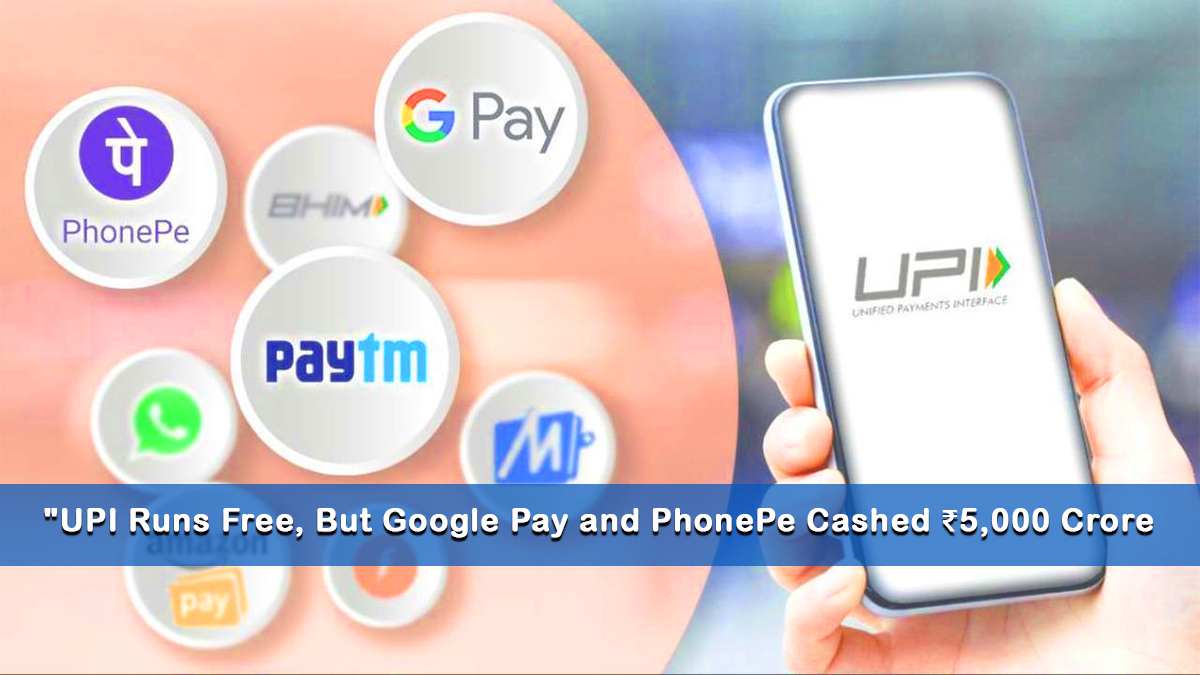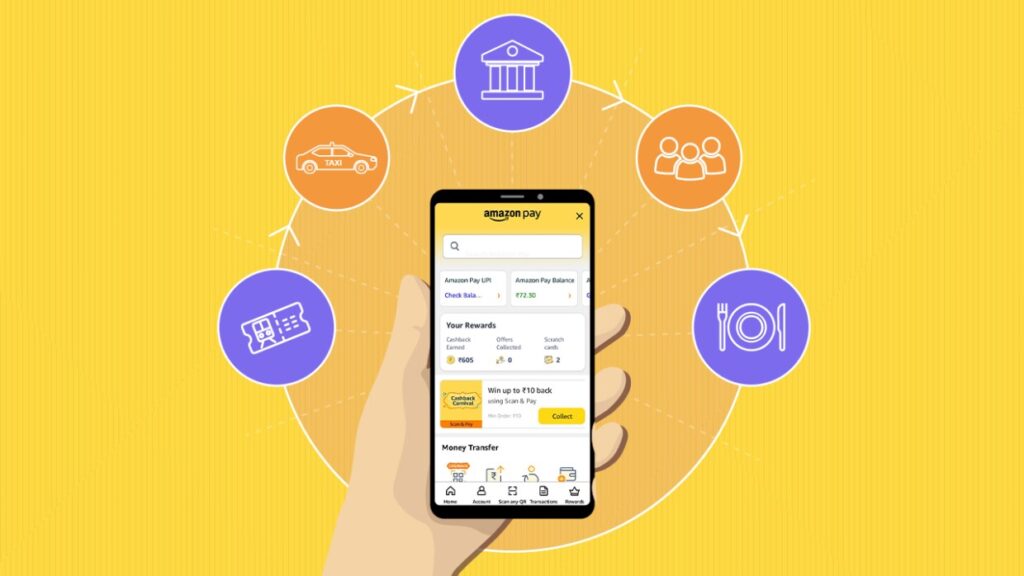Unified Payments Interface (UPI) has transformed the way India transacts, offering instant, zero-cost money transfers 24/7. Launched by the National Payments Corporation of India (NPCI), UPI is a government-backed digital payment system that has made digital transactions accessible to millions without any charges. However, even though UPI remains free for users, private players like Google Pay and PhonePe have earned a staggering ₹5,000 crore by building services on top of this free infrastructure. How is that possible? Let’s break it down.
UPI is Free, But Services Are Not
UPI’s core philosophy is to promote financial inclusion. Banks and payment service providers (PSPs) do not charge users for peer-to-peer transactions. Merchants, especially smaller ones, also enjoy zero Merchant Discount Rates (MDR), making UPI more attractive than traditional credit/debit card payments.
However, platforms like Google Pay and PhonePe are not just simple payment apps—they are tech giants creating monetizable ecosystems around UPI.
Where the Money Comes From
Bill Payments and Financial Services: Google Pay and PhonePe offer much more than money transfers. They allow users to pay utility bills, recharge mobiles, buy insurance, invest in mutual funds, and even apply for loans. For every such transaction, they earn a commission or a service fee from service providers or financial institutions.
Cashback Campaigns and Brand Promotions: Many companies pay these platforms to run promotional campaigns. When you get cashback for using Google Pay, it’s often part of a marketing expense funded by brands or merchant partners. Google Pay and PhonePe earn a share of these marketing budgets.
Merchant Solutions: For larger merchants, these apps offer value-added services like payment analytics, business loans, and premium integrations, generating additional revenue streams.
UPI Autopay and Subscription Services: With UPI Autopay, businesses can set up recurring payments, and platforms earn from managing these subscriptions.
The ₹5,000 Crore Equation
Even without charging users directly, Google Pay and PhonePe have built a lucrative ecosystem by monetizing adjacent services. According to industry estimates, these two companies alone generated around ₹5,000 crore in revenue in the last financial year, proving that free user services can coexist with profitable business models.
Conclusion
The UPI revolution has democratized digital payments in India, and while it remains free for users, tech companies have innovatively tapped into allied services to generate significant revenues. It’s a classic case of creating value on a public infrastructure—benefitting both the masses and businesses.




